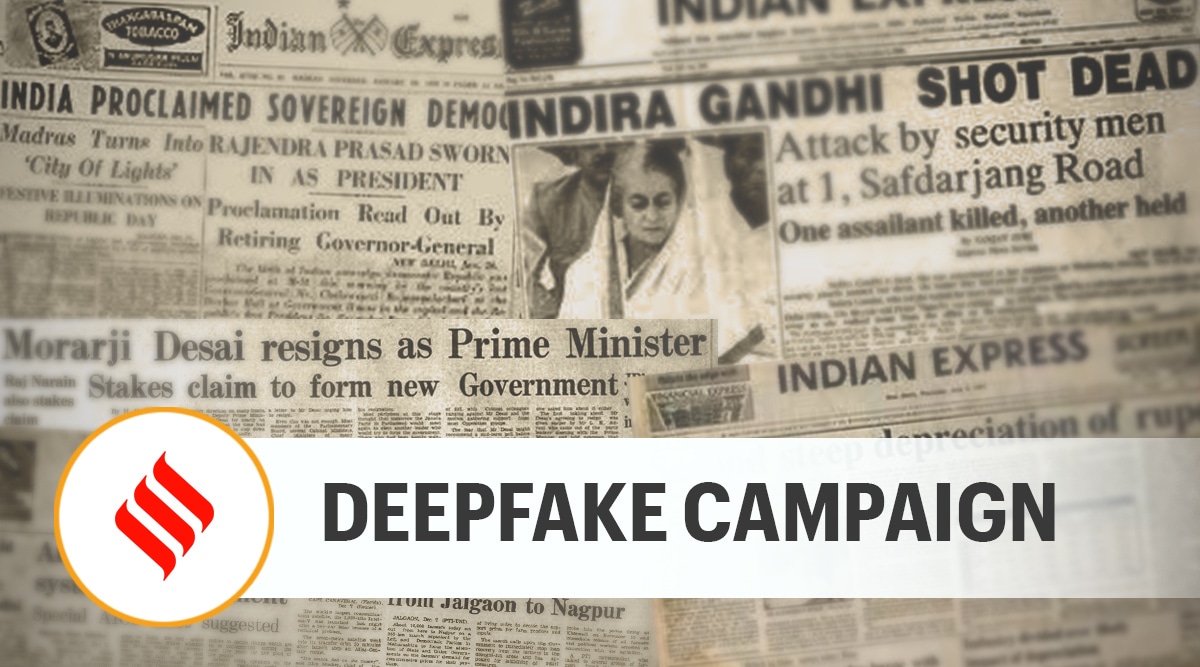 Yoon Suk-yeol’s campaign team has deployed AI Yoon, a digital character that looks like Yoon (only younger), dresses like him (but cooler) and talks like him (but more abrasive).
Yoon Suk-yeol’s campaign team has deployed AI Yoon, a digital character that looks like Yoon (only younger), dresses like him (but cooler) and talks like him (but more abrasive). From ancient Greece up to the populist demagogues of today, democracies have faced a conundrum: Those best suited to gain power — that is, win an election — are often not the best at governing. A divisive agenda, minority baiting, populist slogans and just plain old money power — there is not a democracy in the world where elections haven’t been won on these dubious grounds. As important, the ruthlessness of politics may, in fact, tend to throw up cunning, ruthless, amoral figures for office. On the face of it, the “deepfake” candidate — now the frontrunner — in South Korea’s presidential election could solve these problems.
Yoon Suk-yeol’s campaign team has deployed AI Yoon, a digital character that looks like Yoon (only younger), dresses like him (but cooler) and talks like him (but more abrasive). The AI Yoon avatar is reportedly hugely popular with young South Koreans, as are its brash, Trump-esque responses to questions online from voters as well as journalists. The human Yoon recorded his voice and provided images for the creation of the digital avatar and its responses are provided by campaign staff.
The fact that a digital, brash look alike is what is needed for a politician to connect with people says something about politics. In a sense, AI Yoon is a surrender, an acceptance of hypocrisy — a digital rendering of being two-faced. And, given the inevitability of technology permeating politics, Yoon’s campaign may just be pioneering a global trend. Besides, in South Korea, “deepfakes” like AI Yoon are allowed in election campaigns, as long as they are disclosed as being digital creations, do not incite violence and do not lie or spread “fake news”. These rules probably make the avatar a better leader than many flesh-and-blood politicians in prominent democracies.
This editorial first appeared in the print edition on February 16, 2022 under the title ‘Deepfake campaign’.
- The Indian Express website has been rated GREEN for its credibility and trustworthiness by Newsguard, a global service that rates news sources for their journalistic standards.

